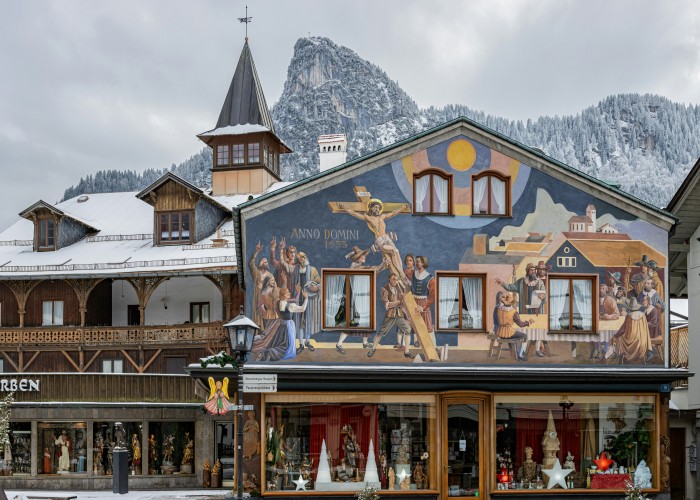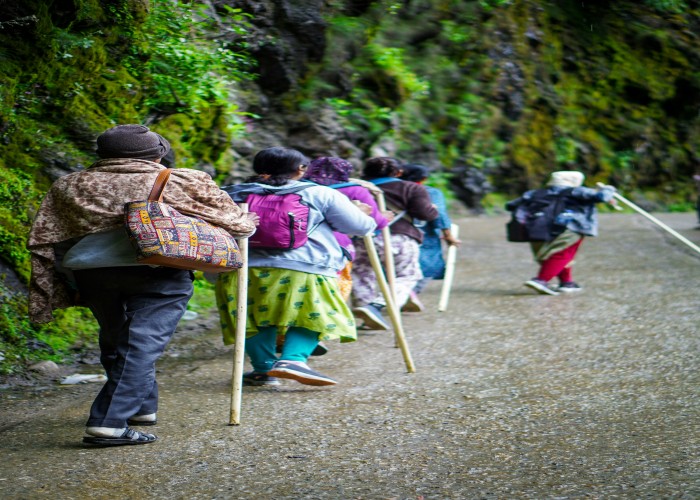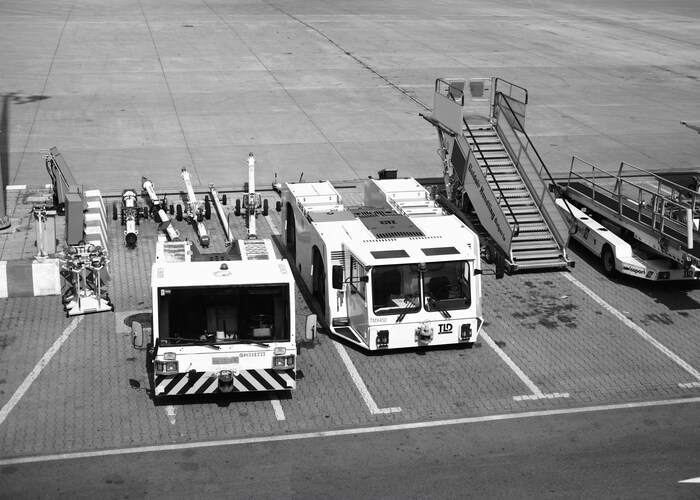Joshua Tree National Park, located in Southern California, is a striking desert destination where two ecosystems—the Mojave and the Colorado deserts—meet. It is famous for its surreal landscapes, rugged mountains, giant boulders, and the iconic Joshua trees that give the park its name. Joshua Tree Rock Climbing & Hikes, CA.
What makes Joshua Tree truly special is its reputation as one of the top rock-climbing destinations in the United States. With more than 8,000 climbing routes, it attracts climbers from all over the world. Alongside climbing, the park offers countless hiking trails, ranging from easy walks through desert gardens to challenging treks across rocky terrain.
Whether you’re a climber looking for world-class routes or a hiker searching for desert solitude, Joshua Tree is a place where adventure meets raw natural beauty.
Best Time to Visit
Joshua Tree is open year-round, but the best seasons are spring (March to May) and fall (October to November).
- Spring: Wildflowers bloom, temperatures are mild, and conditions are ideal for both hiking and climbing.
- Fall: Cooler weather and fewer crowds make this season a favorite for climbers.
- Summer: Extremely hot, often exceeding 100°F (38°C). Hiking is not recommended during the heat of the day.
- Winter: Crisp air and clear skies, but nights can be very cold. A great time for climbing if you don’t mind chilly mornings.
How to Reach (Train, Road, Air)
- By Air: The nearest major airports are Palm Springs International Airport (about 50 minutes away) and Los Angeles International Airport (around 2.5 hours away).
- By Road: Joshua Tree is accessible by car from Los Angeles, San Diego, and Las Vegas. The main entrances are near the towns of Joshua Tree, Twentynine Palms, and Cottonwood.
- By Train/Bus: There are no direct train services into the park. However, Amtrak trains and Greyhound buses stop in Palm Springs, from where you can rent a car to reach the park.
Entry Fees and Permits
- Entry Fee: Around $30 per vehicle (valid for 7 consecutive days).
- Annual Pass: About $55 for Joshua Tree only, or $80 for the America the Beautiful Pass, which covers all U.S. national parks.
- Climbing Permits: For most climbing areas, permits are not required. However, overnight stays in the backcountry and certain organized group climbs may require permits.
(Fees are approximate and subject to change.) Joshua Tree Rock Climbing & Hikes, CA.
Food Availability and Meal Options
Joshua Tree National Park has no restaurants or grocery stores inside the park. Visitors should plan ahead:
- Pack Your Own Food: Bring plenty of snacks, energy bars, and water for hikes and climbs.
- Nearby Towns: The towns of Joshua Tree, Twentynine Palms, and Yucca Valley offer restaurants, cafes, and grocery stores where you can stock up before entering the park.
- Camping Meals: If staying overnight, consider easy-to-make camping meals, such as dehydrated packs, sandwiches, or cooked food prepared on a portable stove.
Packing List and Essentials
For both hikers and climbers, preparation is crucial in the desert environment.
- Clothing: Lightweight, breathable clothes for the day, layers for cold nights.
- Footwear: Sturdy hiking boots or climbing shoes.
- Water: Carry at least 3–4 liters per person per day.
- Navigation Tools: Map, compass, or GPS (cell coverage is unreliable).
- Sun Protection: Hat, sunglasses, sunscreen, and lip balm.
- Safety Gear: First aid kit, flashlight, and whistle.
- Climbing Gear: Rope, harness, helmet, and chalk if planning to climb.
- Camping Gear: Tent, sleeping bag, and cooking supplies if staying overnight.
Safety Tips and Local Regulations
- Stay Hydrated: Dehydration is the biggest risk. Drink water consistently.
- Avoid Heat Hours: In summer, hike early morning or late afternoon.
- Wildlife: Watch for rattlesnakes, coyotes, and scorpions. Keep a safe distance.
- Leave No Trace: Pack out all trash and respect the fragile desert ecosystem.
- Climbing Safety: Always climb with a partner, and double-check gear before starting.
- Fires: Open fires are not allowed; use camp stoves in designated areas.
- Regulations: Follow park rules on camping zones, group size, and backcountry permits.
Tips for Beginners or First-Time Visitors
- Start with shorter trails like Hidden Valley Trail or Barker Dam Trail before attempting longer hikes.
- If new to climbing, try guided climbing lessons or bouldering areas suitable for beginners.
- Download offline maps before entering the park, as cell service is limited.
- Plan your visit outside peak midday heat to avoid exhaustion.
- Carry extra food and water, even for short hikes.
Local Customs or Cultural Etiquette
Joshua Tree is not only a natural wonder but also has cultural significance.
- Respect Native History: The area has a rich Native American history, including rock art and cultural sites. Do not touch or deface these.
- Quiet Enjoyment: Many visitors come for solitude. Keep noise levels low, especially at campgrounds.
- Support Local Communities: Towns surrounding the park thrive on eco-tourism. Respect local businesses and communities by practicing sustainable travel.
FAQ Section
1. How long does it take to explore Joshua Tree?
A day trip can cover a few hikes, but ideally 2–3 days allow for climbing, trekking, and stargazing.
2. Is rock climbing in Joshua Tree difficult?
Routes vary widely, from beginner-friendly climbs to advanced technical ascents. It’s suitable for all skill levels.
3. Are restrooms available?
Yes, there are pit toilets at trailheads, campgrounds, and popular climbing spots, but no flush toilets inside the park.
4. What is the altitude of Joshua Tree?
The park’s elevation ranges from 536 feet (Colorado Desert) to over 5,800 feet (Mojave Desert highlands). Joshua Tree Rock Climbing & Hikes, CA.
5. Can I camp inside the park?
Yes, there are multiple campgrounds, but reservations are recommended, especially in spring and fall.
6. Is stargazing popular in Joshua Tree?
Absolutely. The park is known for its dark skies, offering some of the best stargazing in California.
7. Can beginners try bouldering in Joshua Tree?
Yes, many bouldering areas are accessible for beginners. Crash pads and helmets are recommended.
8. Is there cell service in the park?
Cell coverage is very limited. Plan ahead and download offline resources.
9. Are guided tours available?
Yes, guided hiking and climbing tours are available through operators in nearby towns.
10. Do I need a climbing permit?
For day climbing, permits are usually not required. Overnight climbing or organized groups may need permits.
Final Thoughts
Joshua Tree is a desert wonderland that combines natural beauty, outdoor adventure, and cultural richness. With its world-class climbing routes, scenic hikes, and stunning night skies, it is a destination that leaves a lasting impression. Whether you’re a seasoned climber or a casual hiker, preparation and respect for the desert are key to enjoying a safe and unforgettable experience. Joshua Tree Rock Climbing & Hikes, CA.






Leave a Reply